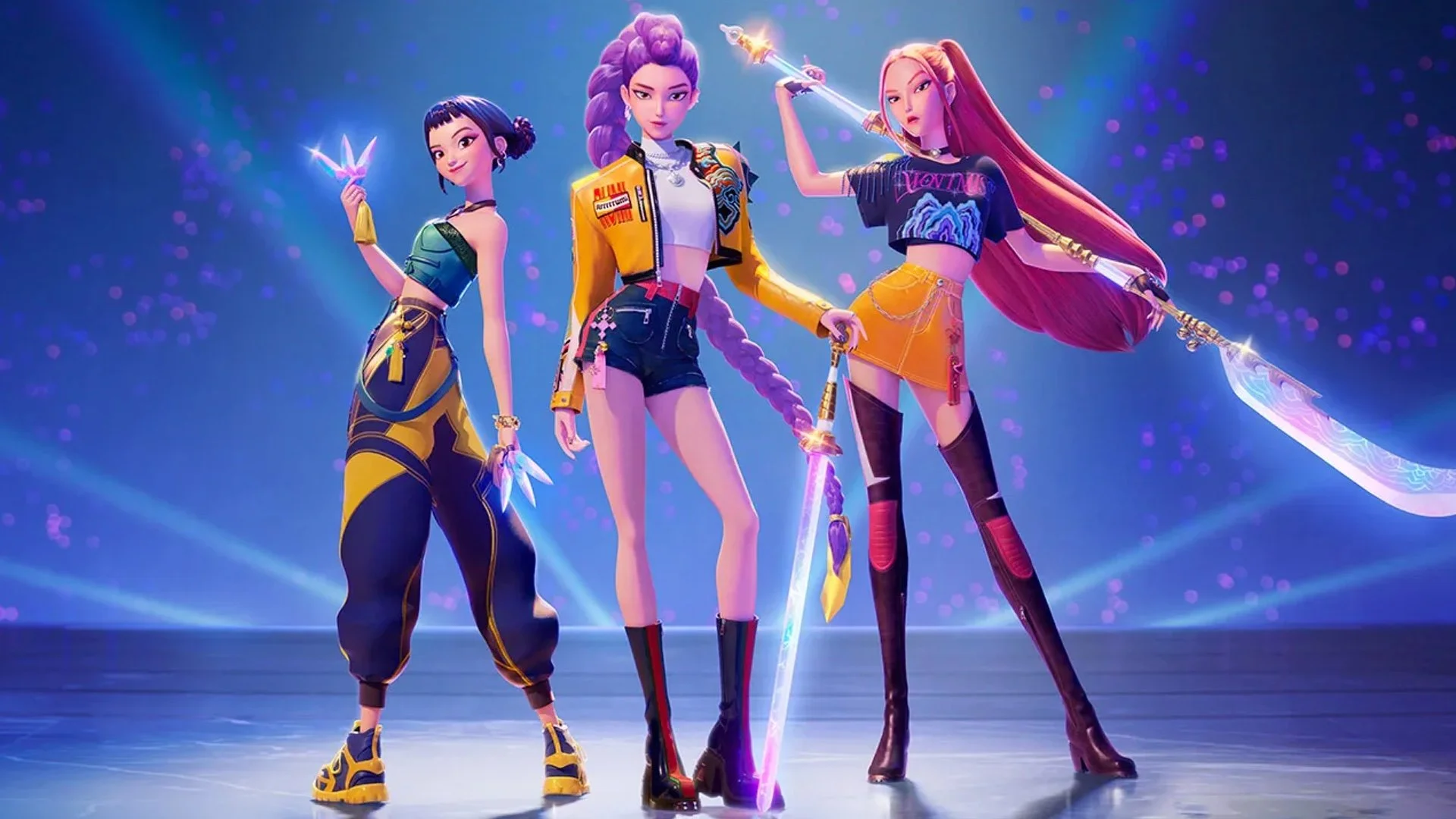If you’ve received a smile emoji from a friend, lover or colleague, you’d be forgiven for assuming you’re in their good books.
However, a study shows that people use the symbols to hide their true emotions as much as they use them to show their real feelings.
The researchers compared receiving an unwanted gift and still smiling and saying “thank you” to the digital version.
A team of experts in Japan found that people are most likely to misrepresent their feelings when talking to people of higher social status.
Scientists say people use emojis to hide negative emotions (file photo)
With friends though Emojis are most accurately used to express feelings, the scientists said.
Scientists recruited 1,289 people in Japan who were mostly female and between 11 and 26 years old or Gen Z.
Everyone has downloaded and regularly used Simeji Keyboard – Japan’s most popular free online emoji extension.
Previous research has shown that people use emojis as functional equivalents to their facial expressions.
The emojis that only “old people” use anymore

Whether the conversation is informal, between friends or at work, the symbol seems to have a completely different, “rude” meaning for the younger generation.
But in new research, scientists said emojis are also used to mask negative emotions.
They found that smileys are often used in a negative context to “control expression” – and make a message seem more positive.
Negative emoticons – such as a sad face – were only used when negative feelings were felt very strongly.
Respondents also expressed the least emotions through higher status emojis.
They probably used emojis to accurately represent their emotional state when talking to close friends.
Moyu Liu, an expert on emotional behavior at the University of Tokyo who led the research, said: “As online socializing has become more common, people have become accustomed to embellishing their facial expressions and questioning the appropriateness of their communication .
“However, I have come to realize that this can make us lose touch with our authentic emotions.”
She warned that the spread of socializing online can make people distance themselves from their true emotions.
“Future research should investigate possible gender differences in the rules of emoji representation and examine the structural issues related to the formation of these cultures of emotions,” she said.
The limitations of the study include that the participants were mostly female and from Japan.
The researchers said additional research would be needed in other countries to understand how emojis are used differently there.
Woke Gen Z take offense to the thumbs-up emoji as they see it as “passive-aggressive”.

An expert on emoji etiquette has warned that you should avoid giving a Gen Z a “passive-aggressive” thumbs up, while a “slight smile” could also be misunderstood.
Keith Broni, 32, from Dublin, editor-in-chief of Emojipedia, explains the hidden meaning of emojis that can get lost in translation between generations.
Many have developed sexual innuendos, such as eggplant, peach and water drops, and a devilish smiley face that should not be taken out of context.
The screeching laugh emoji is losing popularity among Gen Z – people born between the late 1990s and the 2010s – and according to Keith, replacing words with emojis is not the “norm”.
He says emojis are quickly becoming more popular than punctuation.
Source link
Crystal Leahy is an author and health journalist who writes for The Fashion Vibes. With a background in health and wellness, Crystal has a passion for helping people live their best lives through healthy habits and lifestyles.





